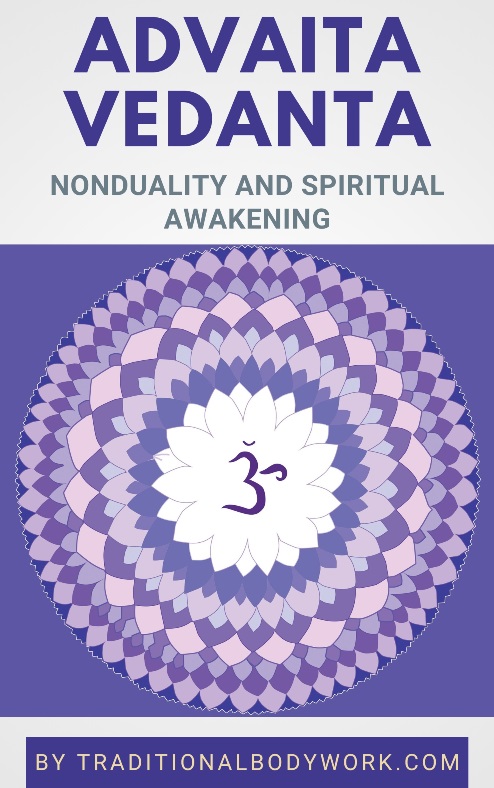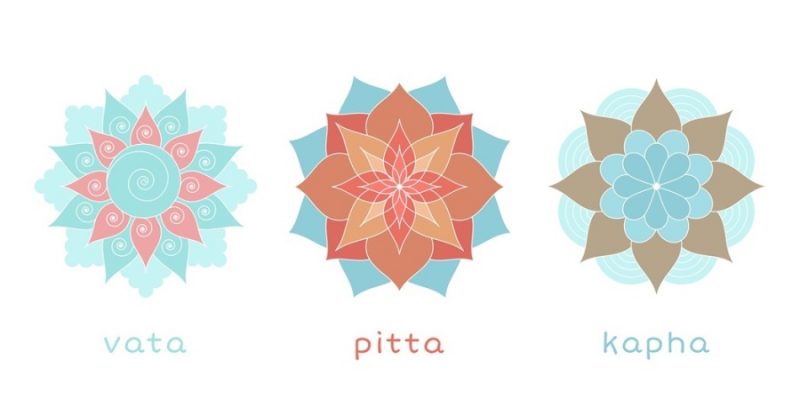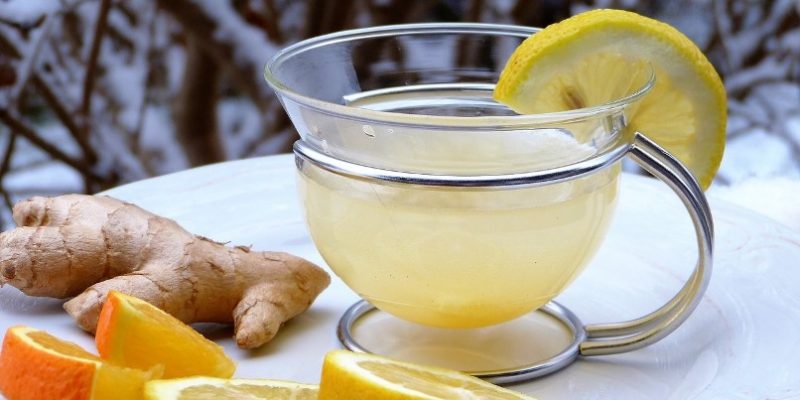
Gandusha and Kavala (or Oil Pulling as it’s called in the West) are two distinct activities described as part of the Indian Ayurveda Dinacharya daily self-care routine.
Gandusha
The Gandusha practice includes filling the mouth fully with oil or medicated herbal water, and holding this in the mouth for five to ten minutes without moving it around. Afterwards, the liquid is spit out.
In India, some Ayurveda practitioners prescribe to hold the liquid inside the mouth until one experiences uncontrollable salivation, secretions of tears, or discharge through the nose, before spitting it out.
Kavala
Kavala (or Kabala) is more like a mouthwash where the oil is swished around briskly in the mouth, pulled through the teeth, and gargled in the throat, before spitting the liquid out.
With Kavala one takes just a small quantity of liquid in the mouth to make movement possible. The procedure takes less time than Gandusha, usually three to five minutes.
Health Benefits

The goal of the Gandusha and Kavala practices is to lubricate the oral cavity, reduce harmful bacteria and plaque in the mouth, prevent tooth decay, bad breath, gum bleeding and other gum diseases, dryness of the throat, cracked lips, and stimulate strengthening of the teeth, gums and jaw. It may also reduce inflammations, promote a better taste, and alleviate pains and discomforts in the mouth and jaws.
Additionally, after the treatment, one feels freshness, lightness and clarity in the mouth. Although it’s generally thought that coconut oil should be used, it very much depends on the goal of the treatment and on your Dosha type.
Apart from coconut oil, one may also use milk, honey, suitable ghee, sesame oil, or other oils, herbal decoctions, among others. The temperature of the liquids can be warm, lukewarm or cold depending on the desired results.


















